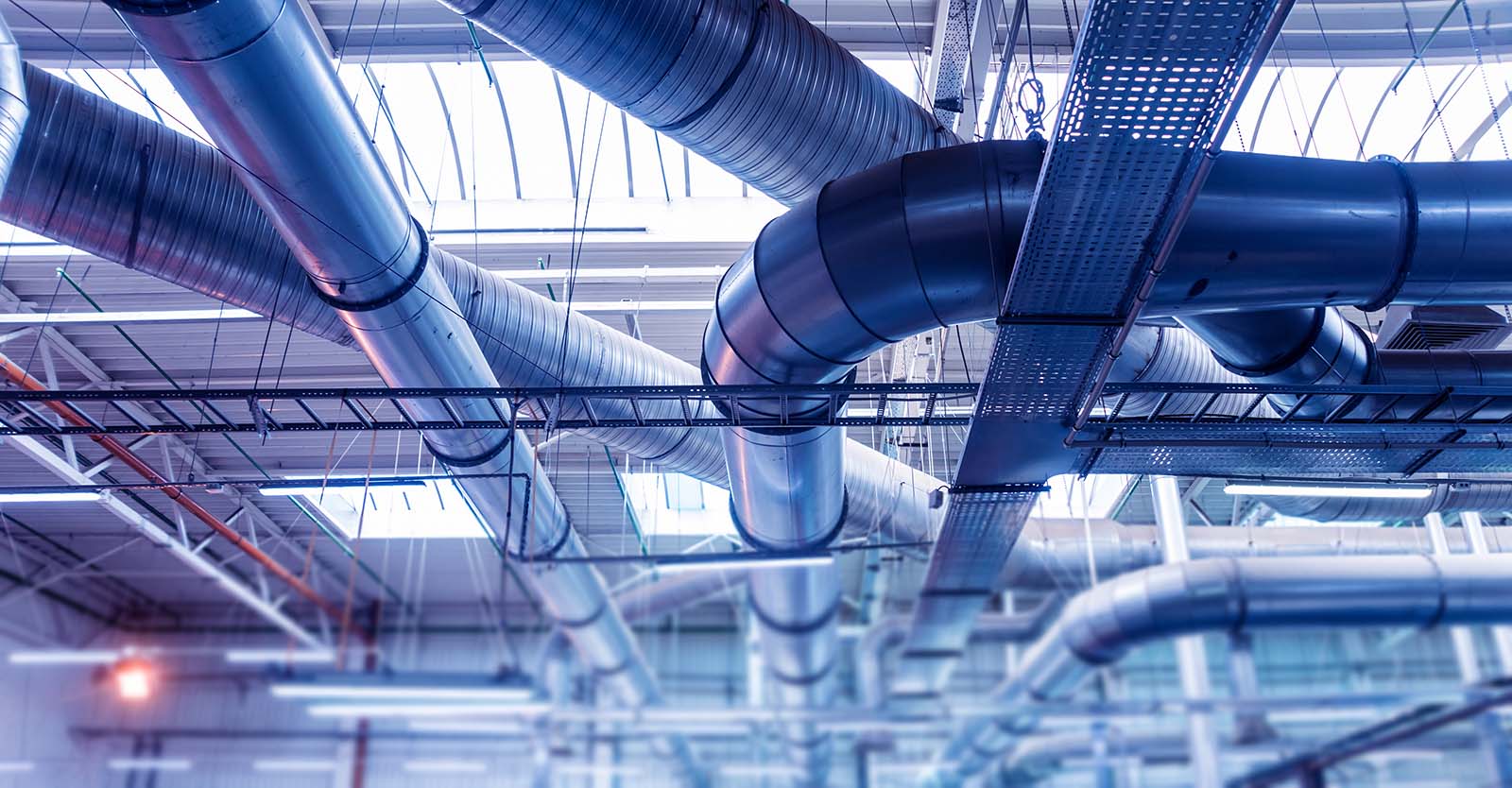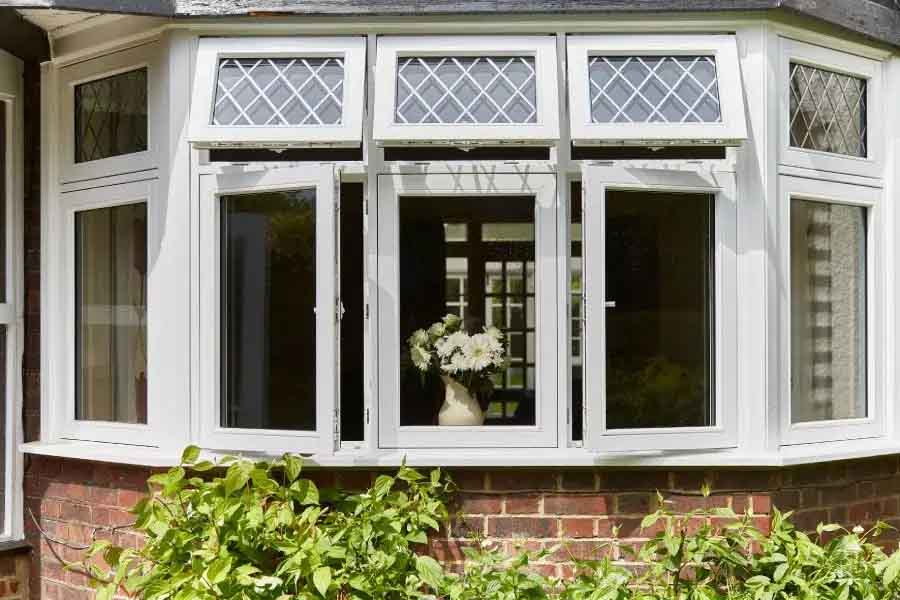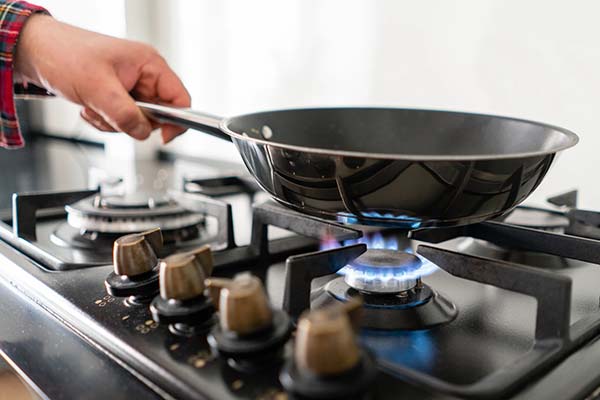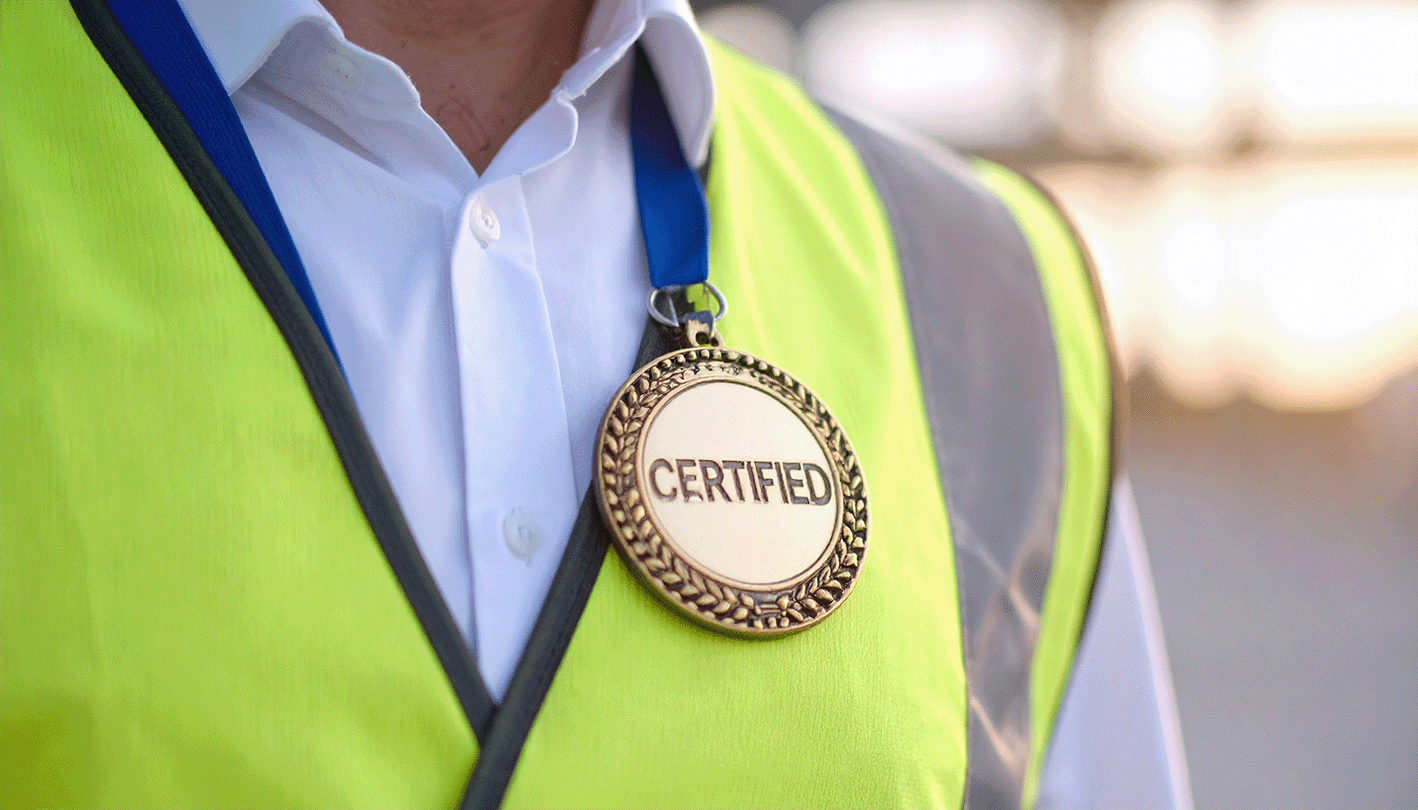UK Indoor Air Quality Guidelines for Workplaces
At ARM Environments we are very much aware of the complex and varied sets of regulations and guidelines you need to follow to make sure your building’s indoor air quality is up to standard.
We know that it can take hours of combing through Google, government websites and various pdfs before you find all of the relevant guidelines that cover indoor air quality in the workplace.
So, to save you time and headaches, we have compiled the key points you need to know from government legislation, and listed the guidance that will help you meet the standards.
Contents
1. The Laws
The Health & Safety at Work etc Act 1974
This is the overriding piece of legislation that covers all workplace standards, and that includes indoor air quality. It is enforced by the Health and Safety Executive (HSE) or your local authority.
You can read the full Health and Safety at Work etc Act 1974 in full, but what you need to know is under section 2, which states that employers must:
“ensure, so far as is reasonably practicable, the health and safety of employees and others who have access to their work environment.”
This is what legally binds you to be liable for the health and safety of your building’s occupants.
The words “so far as is reasonably practicable” mean that an employer does not have to take measures to avoid or reduce the risk if they are technically impossible or if the time, trouble or cost of the measures would be grossly disproportionate to the risk.
All the UK guidance surrounding IAQ is in place to help you with three things:
- Keeping your tenants safe and healthy
- Complying with the law so you are not prosecuted
- Preventing you from being sued for negligence
In terms of number 3, the HSE states:
“Under civil law, if someone has been injured or made ill through your negligence as an employer, they may be able to make a compensation claim against you. You can also be found liable if someone who works for you has been negligent and caused harm to someone else.”
It is important to note that no one has to have been harmed for an offence to be committed under the Act – there only has to be a risk of harm. And if you are prosecuted, there is no set limit to a fine.
If the HSE has to intervene to fix issues, you will have to pay them for their trouble.
Expanding on the Act, there is the Management of Health and Safety at Work Regulations 1999 which “requires the assessment of health and safety risks”
The minimum you must do is:
- identify what could cause injury or illness in your business (hazards)
- decide how likely it is that someone could be harmed and how seriously (the risk)
- take action to eliminate the hazard, or if this isn't possible, control the risk
The Workplace (Health, Safety and Welfare) Regulations 1992
You can read the full Workplace (Health, Safety and Welfare) Regulations 1992 publication. But for indoor air quality, you will want to look at regulations 5 and 6.
Each regulation comes with their Approved Codes of Practice (ACOP). We highly recommend following these. If you are prosecuted for a breach of health and safety law, and you have not followed the ACOPs, it makes it much more likely that the courts will find against you.
Regulation 5
This covers the need for a system for regular maintenance of equipment and devices – including mechanical ventilation systems – that could pose a danger if faulty. It states that:
(1) The workplace and the equipment, devices and systems to which this regulation applies shall be maintained (including cleaned as appropriate) in an efficient state, in efficient working order and in good repair.
(2) Where appropriate, the equipment, devices and systems to which this regulation applies shall be subject to a suitable system of maintenance.
This line in the ACOP for regulation 5 is relevant to ventilation systems:
“Equipment that could fail and put workers at serious risk should be properly maintained and checked at regular intervals, as appropriate, by inspection, testing, adjustment, lubrication, repair and cleaning.”
Regulation 6
This covers ventilation specifically, and states that
(1) Effective and suitable provision shall be made to ensure that every enclosed workplace is ventilated by a sufficient quantity of fresh or purified air.
(2) Any plant used for the purpose of complying with paragraph (1) shall include an effective device to give visible or audible warning of any failure of the plant where necessary for reasons of health or safety.
The ACOP for regulation 6 goes deeper into how to achieve it. Including:
Enclosed workplaces should be sufficiently well ventilated so that stale air, and air which is hot or humid because of the processes or equipment in the workplace, is replaced at a reasonable rate.
For “a reasonable rate” it gives guidance that the fresh air supply rate to your workplace should not normally fall below 5 to 8 litres per second, per occupant. When establishing a fresh-air supply rate, consider the floor area per person; the processes and equipment involved; and whether the work is strenuous. It continues:
- The air which is introduced should, as far as possible, be free of any impurity which is likely to be offensive or cause ill health. Air which is taken from the outside can normally be considered to be ‘fresh’. However, air inlets for ventilation systems should not be sited where they may draw in contaminated air (for example close to a flue, an exhaust ventilation system outlet, or an area in which vehicles manoeuvre). Where necessary, the inlet air should be filtered to remove particulates.
- In the case of mechanical ventilation systems which recirculate air, including air-conditioning systems, recirculated air should be adequately filtered to remove impurities. To avoid air becoming unhealthy, purified air should have some fresh air added to it before being recirculated. Systems should therefore be designed with fresh-air inlets, which should be kept open.
- Mechanical ventilation systems (including air-conditioning systems) should be regularly and adequately cleaned. They should also be properly tested and maintained to ensure that they are kept clean and free from anything which may contaminate the air.
The most important recommendations include:
Noise
Mechanical ventilation systems, including both continuous and intermittent mechanical ventilation should be designed and installed to minimise noise.
Whole building ventilation rates for offices
For occupiable rooms (meeting rooms, workspaces), outdoor air should be supplied at a rate of 10 litres per second per person, or 1 litre per second per m2 floor area (whichever is highest).
For common spaces (corridors, lobbies), natural ventilation openings should be at least 1/50th of the floor area of the common space; or mechanical ventilation should provide a supply of outdoor air of 1 litre per second per m2 of floor area.
CO2 monitoring for offices
Each occupiable room should have a means of monitoring the performance of the ventilation system. This may be achieved through using CO2 monitors or other means of measuring indoor air quality.
CO2 monitors must:
- be mains operated
- include a visual indicator of CO2 concentration
- be capable of logging data at no more than 15-minute intervals, and to store data for at least the previous 24-hour period
- any audible alarms should be able to be permanently deactivated
- be capable of recording and displaying readings in the range of at least 0 – 5000 parts per million.
Purge ventilation
Purge ventilation should be designed to provide at least 4 air changes per hour.
Limiting external pollutants
If your building is located in a position where pollutants exceed the limits from Schedule 2 of the Air Quality Regulations 2010, then you will have to make sure your ventilation system is optimised to prevent them from coming inside.
2. The Guidance
As you can see from our diagram of all the pieces of IAQ legislation and guidance, there are a lot of publications devoted to it.
We recommend these two in particular from the Building Engineering Services Association (BESA) and the Chartered Institute for Building Services Engineering (CIBSE).
BESA TR/19 Section 5 – System Risk Assessment Inspection/Monitoring/Testing
TR/19 Air is a guide to best practice on internal cleanliness of ventilation systems, from assessment to cleaning to monitoring.
In particular, section 5 will help you to comply with the Management of Health and Safety at Work Regulations 1999, which covers risk assessment.
To read the full TR/19 Air Section 5 publication, you will need to purchase it from BESA.
A key recommendation gives minimum frequencies of inspection and testing in parts of the ventilation system.
| Inspection and Testing Intervals (months) | |||||
| Cleanliness (SQC) | AHU | Filters | Wet areas | Ducts | Terminals |
| Low | 24 | 12 | 12 | 48 | 48 |
| Medium | 12 | 12 | 6 | 24 | 24 |
| High | 12 | 6 | 6 | 12 | 12 |
CIBSE TM40 Health & Wellbeing in Building Services – Section 9: Air Quality
The CIBSE TM40 is a comprehensive document for workplaces (excluding healthcare), updated in 2020 to include Covid-19 guidance. It covers guidance on the main environmental impacts that affect health, comfort and cognitive performance in the workplace, but most relevant for us is Section 9 – indoor air quality.
Non-members will need to purchase the guidance, but the key points updated in 2020 are:
Ventilation Strategy (section 9.4.5)
- Air inlets should be located away from sources of pollution such as toilet vents, chimneys, vehicle exhaust pipes or evaporative cooling towers.
- A common rule of thumb is that inlets should be located 20m from sources of pollution, and 10m from exhausts.
- Recirculation is not recommended.
- During a Covid outbreak, “supply as much outside air as reasonably possible”.
Filtration & Purification (section 9.4.6)
- To remove microbial contaminants, ultraviolet (UV) lamps can be installed in the ductwork to provide UV germicidal irradiation (UVGI).
- Studies suggest UVGI is less effective in high humidity environments.
- In most ventilation systems with filtration, filters are intended for PM2.5 and PM1, which are larger than virus particles. So REHVA also advises that special UV cleaning equipment be installed.
Cleanliness of Ventilation Systems (section 9.4.9)
- Ductwork cleaning is recommended after construction prior to handover.
- As Covid is mainly person-to-person, increasing ventilation and avoiding recirculation is recommended.
- Operation and Maintenance (9.4.12)
- In normal operation airborne contaminants should be minimised by effective filtration, regular maintenance and where appropriate cleaning of ventilation systems.
3. Good to Know
World Health Organisation – Pollutant Exposure Limits
The WHO air quality guidelines provides guidance on healthy limits for a number of contaminants in the air from its 2010 WHO guidelines for indoor air quality and the updated 2021 WHO global air quality guidelines. These are figures often quoted by UK bodies in their guidance.
| Pollutant | Common Sources | Exposure Limit Guidelines |
| Nitrogen Dioxide NO2 |
Cigarette smoke Poorly maintained fuel burning appliances Underground parking Silage Ice-rink resurfacing machines |
25 μg/m3 – 24 hour average 10 μg/m3 – annual average |
| Benzene | Traffic fumes Cigarette smoke Chemical waste |
No safe level of exposure recommended |
| Carbon Monoxide CO |
Gas appliances (stoves, boilers) Portable electric generators Ice resurfacing machines Incense smoke |
5 mg/m3 – 24 hours |
| PM 2.5 | Soot, smoke, car combustion, outdoor pollution | 5 µg/m3 – annual average 15 µg/m3 – 24 hour |
| PM 10 | Soot, smoke, car combustion, outdoor pollution | 15 µg/m3 – annual 45 µg/m3 – 24 hour |
| Formaldehyde | Fuel burning Cigarette smoke Furniture with formaldehyde resins (Plywood, MDF or particleboard) Old building materials Foam insulation Paint, glue, varnish Cleaning products |
0.1 mg/m3 (30-minute average concentration) |
| Naphthalene | Wood smoke Traffic fumes Plasticiser manufacture Paint Moth repellent Toilet deodoriser |
0.01 mg/m3 (annual average) |
| Polycyclic aromatic hydrocarbons PAHs |
Fuel burning stoves Cigarette smoke Incense burning Candles |
No threshold can be determined and all indoor exposures are considered relevant to health |
| Tetrachloroethylene PCE |
Dry cleaning Degreaser for metal parts Industrial solvent Paint remover Printer inks |
0.25 mg/m3 – annual average |
4. All Relevant Publications
Here we provide links to all the relevant legislation and guidance documents discussed in this article, as well as those we haven’t.
- Health and Safety at Work etc Act 1974
- Workplace (Health, Safety and Welfare) Regulations 1992. (incl. Approved Code of Practice 5 and 6)
- The Building Regulations Approved Document F – Ventilation
- HSE HSG 202 - General ventilation guidance for employers
- HSE EH40 - Workplace exposure limits
- WHO guidelines for indoor air quality: selected pollutants 2010
- Control of substances hazardous to health regulations 2002 (Regulations 6, 7 and 9)
- BESA VG002 Version 5 - Covid-19 guidance
- BESA TR/19 Air - Section 5 (paywall)
- IAQM Indoor Air Quality Guidance: Assessment, Monitoring, Modelling and Mitigation Sept 2021
- REHVA Covid-19 Guidance - Version 4.1
- Ionising Radiations Regulations 2017 - (For radon limits)
- CIBSE TM26 – 2000 (Ductwork Maintenance)
- CIBSE KS17 – 2011 (Indoor Air Quality & Ventilation)
- CIBSE Covid-19 Ventilation Guidance – July 2021 (Members Only)
- BSI BSEN 15780 – 2011 (European standard of ventilation for buildings. Ductwork. Cleanliness of ventilation systems)
- Building Bulletin 101 – 2018 (IAQ in schools)
- NHS Health Technical Memorandum 0301 Part B – Specialised ventilation for healthcare premises
- BRE Group Ensuring Good Indoor Air Quality in Buildings – 2019
- British Council for Offices: Wellness Matters – June 2019
- BRC Global Standards Food Safety 8: Understanding air quality requirements and air filter specifications in food production – 2019






